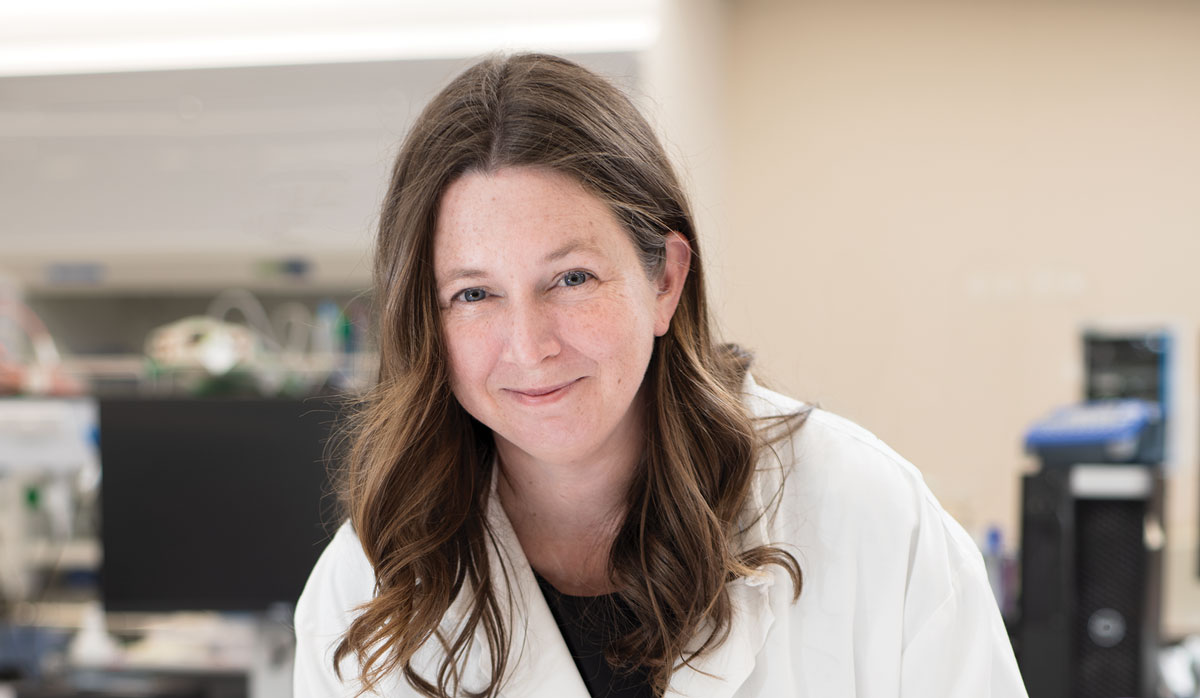Next Generation Viticulture: Capture more light to harvest more grapes
Transforming canopy management systems to maximise sunlight could increase vineyard profitability without compromising wine quality, says researchers.
The first genome assembly Dr Annabel Whibley worked on was for a butterfly, tracking 21 chromosomes fragmented into nearly 4,000 pieces, at the Museum Nationale d'Histoire Naturelle in Paris.
A little more than a decade later, the Bragato Research Institute (BRI) bioinformatician has obtained a complete reference genome of the Mass Select clone that underpin New Zealand's Sauvignon Blanc plantings. That's a pivotal step in the work of the Sauvignon Blanc Grapevine Improvement Programme (SB Programme) Annabel is part of. "The reference genome is the launch pad for the main thrust of the SB Programme, which is to generate and characteristic a new diversity collection for Sauvignon Blanc," Annabel says. "By comprehensively and accurately capturing the genome of our progenitor Sauvignon Blanc clone, we are in a great position to efficiently and precisely identify changes that have occurred in our new plants."
A lot has changed between a butterfly in 2012 and a grapevine in 2023, with the development of new sequencing technologies and improved computational algorithms, says Annabel. "These have led to massive step changes in the quality of an assembly that can be produced and in the affordability of generating an assembly."
The Oxford Nanopore Technologies PromethION sequencing platform used by the SB Programme team is a valuable resource in New Zealand, where there's not a lot of money for research infrastructure, Annabel says. "Their platform provides scalability and has relatively low instrument costs. Oxford Nanopore is really democratising genomic sequencing, and was, for example, the platform used by ESR for all their Covid genome sequencing."
Her own introduction to the Oxford Nanopore sequencing was a project at the University of Auckland working on the threatened native hihi, or stitchbird. Because it is considered taonga, the sequencing had to be done in New Zealand, so they used a handheld version of the PromethION sequencer, called a MinION, for the work. "The pace of technological change is astonishing and it's wonderful to be working with such cutting-edge dataset and approahes and to be able to rach the endpoint of a gapless genome assembly," Annabel says.
A genome is "essentially a catalogue of life" packed full of biological information, she explains. "Every gene is there, along with the elements that regulate it and other functional components of the genome. There are still gaps in our understanding of how all of these elements work and interact, but we can interpret sequences well enough to make some inferences about their function. From this we can start to understand what differentiates Sauvignon Blanc from other grapevine varieties and to gain deeper insights into important biological processes that may have an impact on its viticultural or oenological properties."
 |
|---|
|
Dr Annabel Whibley. Photo Credit: Charlotte E. Johnson |
The next step is lots of data, "the scale of which is a challenge in itself". The SB Programme team will undertake a deeper dive into properties of the Sauvignon Blanc genome, while taking advantage of genomics resources for other grapevine varieties and wild accessions "to understand what makes Sauvignon Blanc special and to gain insights into where there is scope for improvement". They will also begin screening existing and new clones of Sauvignon Blanc, both at the level of the genome - to identify differences from the reference - and in ways that allow them to assess how these genomics changes are influencing plant traits.
Annabel says she's been fortunate to work on a diverse range of animals, plants - and more - during her career, but the grapevine is the first where she's also been able to consume her study organism. "And I would say that yes, knowing more about grapevine genomics as well as learning more about the industry as a whole, is definitely increasing my enjoyment of a glass of wine."

The end of the year is fast approaching, so here are some thoughts on a few of the significant developments…

OPINION: When I moved to Marlborough two decades ago, I found countless lines of tidy vines, neatly mowed and carefully…
The large 2025 harvest will exacerbate the wine industry's "lingering" supply from recent vintages, New Zealand Winegrowers Chief Executive Philip…
If you find a new consumer in a developed wine market, you are taking them from someone else, says Blank…
OPINION: Sauvignon Blanc was famously introduced to New Zealand by Ross Spence of Matua Valley, and then serendipitously planted in…